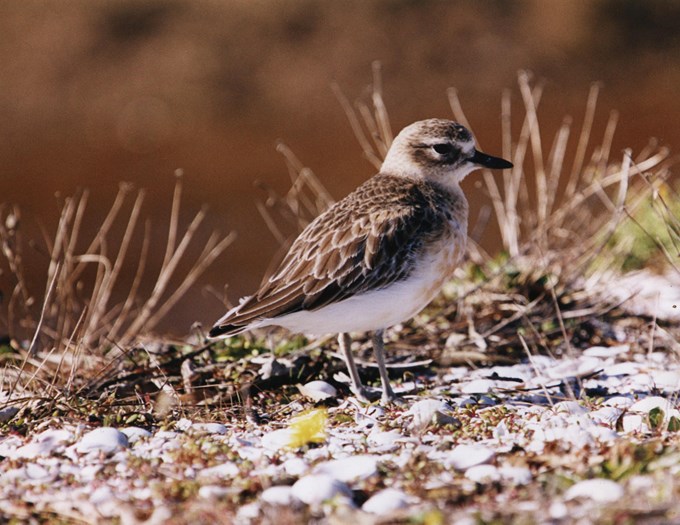We all share the beach during the busy summer holidays, even with the birds.
A group of nationally vulnerable tūturiwhatu pukunui, or Northern New Zealand dotterels, have nested at North Piha at the junction of the Marawhara and Wekatahi stream, with Auckland Council implementing protective measures as the popular beach spot gears up for an influx of visitors this summer.
It has been many years since NZ dotterels nested at Piha, so it’s an exciting development that the council’s Biodiversity team is monitoring closely.
"Northern NZ dotterels are highly endangered with around 2200 remaining, and are rare to breed on the west coast, so to see Piha becoming part of their expanded breeding grounds is fantastic news,” Ben Paris, Senior Biodiversity Advisor, says.
Sadly however, the dotterels have nested in an area where dogs are allowed off-leash between sunrise to sunset. Dogs are one of the biggest threats to dotterels, and often destroy nests and eggs, as well as killing birds and chicks.
How you can help
Piha resident and Waitākere Ranges Local Board member Sandra Coney is calling on the community to help protect these precious native birds.
"We want beachgoers keep an eye out for the dotterel – make sure people and dogs avoid the taped-off dotterel nest areas and encourage them to leave the nests alone,” Ms Coney says.
"We're asking visitors and locals who access North Piha from the beachfront road to keep their dog on a leash till they get down on the wet bit and stay away from the Marawhara lagoon area," she says.
"We are fortunate that these birds have come back to Piha and we all need to be their stewards."
Dotterel breeding patterns
Eggs are incubated for about a month, but are susceptible to getting cold if parents spend too long off the eggs defending their nest from dogs and humans. The newly hatched chicks, looking rather like bumble bees with long legs, are quickly active.
“The parents guard them, but they must find all their own food. Chicks can usually fly by the age of 6-7 weeks, but this time may be extended if their feeding is reduced by continual disturbance,” Mr Paris says.
Two or three well-camouflaged eggs are laid in a scrape in the sand, commonly among shells and driftwood just above the high tide mark.
The Northern NZ dotterel is a nationally vulnerable shorebird found only in this country. It was once widespread and common, but there are now only about 2200 birds left.
This serious decline in numbers is due to a combination of habitat loss, predation by introduced mammals and disturbance during breeding. The Northern NZ dotterel is as threatened as the better-known kokako and North Island brown kiwi.
Protecting baby dotterels
The Northern NZ dotterel breeding season is from September to March. Here's how you can help to protect NZ dotterel when you're at the beach:
- Be a wet sand walker: Watch where you walk on the beach and try to keep below the high tide mark.
- Be a responsible dog owner: Keep dogs on leashes and out of prohibited areas.
- Be a responsible beach user: Don’t take vehicles such as quad bikes or 4WDs onto beaches where dotterels are known to be nesting.
- Give dotterels some space: Leave the immediate area if you see a dotterel that looks like it’s pretending to have a broken wing (as this is a sign a nest is nearby), and keep away from taped-off areas on beaches.


